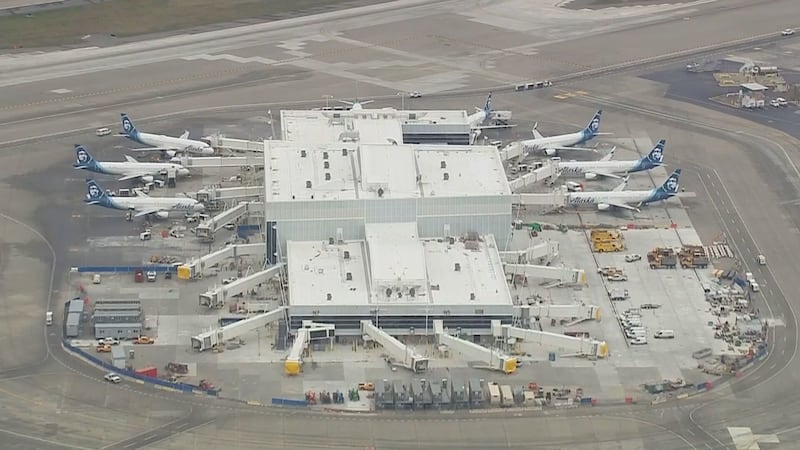Communities around the Seattle-Tacoma International Airport are suing the Port of Seattle, Alaska Air, and Delta Airlines for allegedly spewing toxic pollutants caused by the airport’s operations. The suit also alleges that the Port of Seattle, which owns Sea-Tac Airport, has known about the pollutants for years and has done nothing to stop it.
The firm filed a class-action lawsuit in the King County Superior Court on Wednesday.
The suit suggests that 300,000 people, including more than 60,000 children, have been exposed to carbon monoxide, lead, and particulate matter in what attorneys are calling the “Contamination Zone” around Sea-Tac Airport.
The area includes but is not limited to Burien, Des Moines, SeaTac, and Tukwila. Attorneys say researchers have concluded that rates of cancer, heart disease, shorter life expectancy, and chronic lower respiratory disease are significantly higher than in surrounding areas.
Residents in this area are more likely to be immigrants than residents of surrounding areas, according to the lawsuit. The majority are Black, Hispanic, Asian, Native American, or Native Hawaiian/Pacific Islander. More than 30% of Zone residents have total household incomes under 200% of the federal poverty level. The complaint alleges that it’s unlikely residents would have allowed pollution to continue if the neighborhoods surrounding the airport were more affluent.
One of the plaintiffs lived in the “Contamination Zone” for many years and said she and her husband could feel every time a plane passed overhead. The plaintiff was living in this house when she got pregnant. On Thanksgiving morning in 1994, her 4-year-old daughter, who had been born with a hearing impairment, began walking at a strange angle. Shortly thereafter, she was diagnosed with brain cancer and passed away a few weeks after her fifth birthday. The plaintiff believes that exposure to airport pollution during her pregnancy contributed to her daughter’s hearing impairment and cancer.
“Our local communities deserve to breathe clean air and to know that their homes and schools are free from dangerous pollutants. At this juncture, given the refusal to deal with the issue by the Port and the airlines, we believe this lawsuit is the only way to secure that future,” said Steve Berman, partner at Seattle-based Hagens Berman and the attorney leading the suit. “We are bringing claims of public nuisance, trespass, and negligence against the Port of Seattle, Alaska, and Delta, which is the same legal strategy our firm deployed in a historic win against Big Tobacco in the 90s.”
According to the complaint, planes taking off and landing at Sea-Tac Airport spew pollutants like formaldehyde and acrolein into the atmosphere. Particulate matter containing toxic chemicals can flake off airplanes during flight, raining heavy metals like lead, barium, and cadmium. These chemicals can settle on homes, schools, and the surrounding environment.
The lawsuit uses a research study from the University of Washington, published in 2019, to show evidence of the particles. Through the study, researchers found that ultrafine particle concentrations (UFPs) derive from both roadway traffic and aircraft sources, with the highest UFP counts found near major roadways like Interstate 5.
Attorneys say that residents can see the pollution and that one SeaTac resident reports a “soot-like layer of black dust” perpetually blankets her property, accumulating on her car and house.
Attorneys also say that researchers have found that airport emissions could have unique “chemical fingerprints” leading them to believe the pollution comes directly from the airport.
“In addition to public nuisance, the lawsuit brings claims of negligence, continuing intentional trespass, and violation of inverse condemnation laws,” said attorneys. “The suit seeks to hold defendants accountable for funding cleanup of the area, compensating residents for the loss of use and enjoyment of their property, and establishing a medical monitoring fund.”
©2023 Cox Media Group









